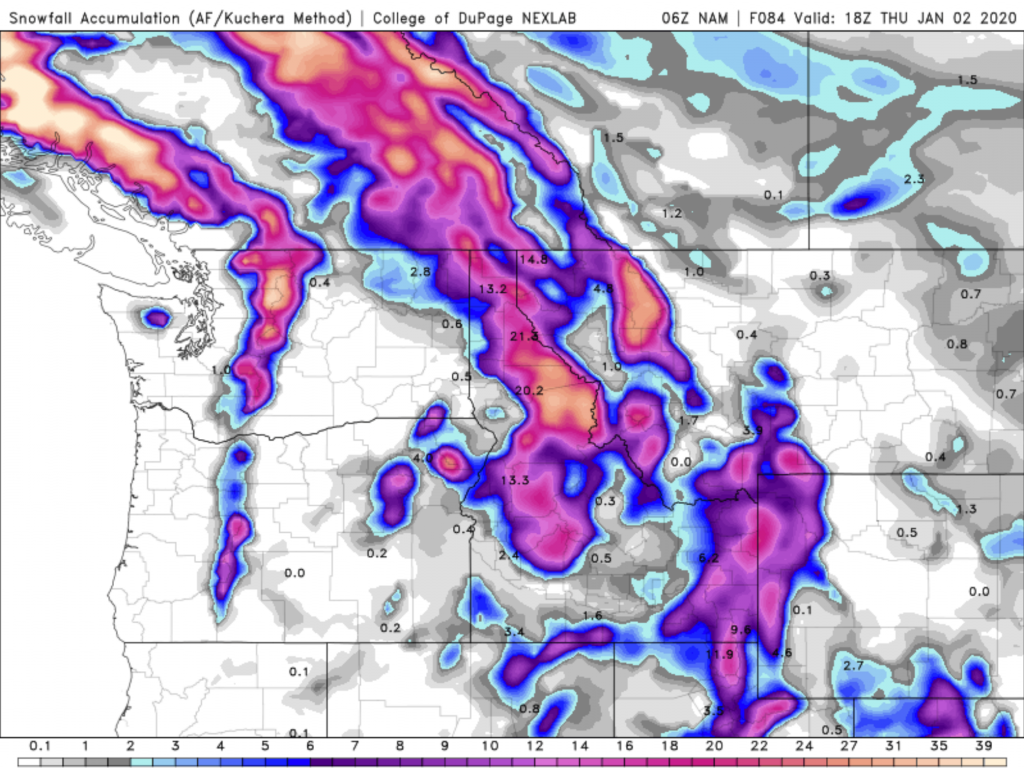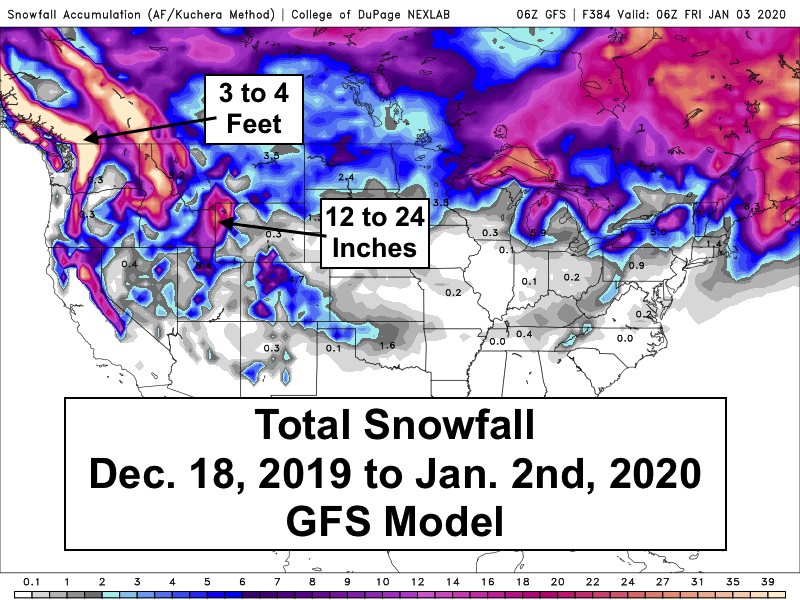If you are a frequent Weather Channel watcher, you have probably heard the terms they use to describe a variety of winter storms, such as, “Atmospheric Rivers”, “Polar Vortexes” and “Bomb Cyclones”. All of which sound quite ominous! It reminds me of that line in the Wizard of Oz, “Lions and Tigers and Bears, Oh My!”
From my perspective, these terms are used to create a state of panic, to get you to stay tuned-in. It’s what some meteorologists refer to as, the “atmosfear”. If you can make it sound like some sort of weather Armageddon is coming, then perhaps more people will keep watching.
In this week’s column, I’ll explain some of these fearsome terms you might hear about this winter and perhaps calm some of your fears.
Atmospheric River
An “Atmospheric River” is simply a continuous feed of moisture, for example, from the eastern Pacific into the western United States. Generally, that moisture is carried along in a strong jet stream flow. If that river of moisture lines up over you, expect several days in a row of continuous precipitation, in the form of rain or snow, depending on temperatures.

Another term you may have heard in the past is, “Pineapple Express”. That doesn’t sound too bad, could be a name for a tropical drink you might order in a bar. The pineapple express is also an atmospheric river.
Atmospheric river sounds much more threatening, thus the recent switch in terminology used in the media.
Polar Vortex
The “Polar Vortex” is more often an eastern United States phenomenon. All it is really, is a deep, cold trough of low-pressure in the atmosphere, which brings very cold air much further south than normal. But that’s too many words and doesn’t sound nearly as sexy as just saying, “Polar Vortex”.

Cold air that originates up near the north pole, is the polar part. The low-pressure is the vortex part of the name. All low-pressure systems or storm systems are vortexes. That is, any cyclonically rotating (counterclockwise) area of lower pressure in the Northern Hemisphere is a vortex. Again, that isn’t a very catchy way to describe it.
If you wanted to, you could call it a “Polar Cyclone” and make it sound even scarier.
Bomb Cyclone
Cyclone is yet another term used to describe a low-pressure system or any storm. The term “Bomb Cyclone” refers to a center of low-pressure that has a precipitous drop in its central pressure in a short time. The criteria for calling it a bomb is, 24 millibars of pressure decrease in less than 24 hours. An average drop in pressure for a developing storm is about half that rate.

A bomb cyclone, or “bombogenesis”, as it is also known in meteorology, is simply a rapidly intensifying low-pressure system. They usually form along either the Northwest or Northeast Coasts of the United States. A bomb cyclone hit the Oregon Coast this past Thanksgiving.
Don’t be Scared
All of these three terms I just described have been around and known to meteorologists since about the 1950’s. Media outlets, like The Weather Channel, love to use them to help sensationalize the weather. Having catchy monikers helps reel you in.
The Weather Channel has also adopted the practice of naming winter storms, in the same manner the National Weather Service names hurricanes during the summer. The NWS does not give official names to winter storms, by the way.
Often times, all it amounts to is just another a winter storm, like many winter storms that we get in Wyoming, or anywhere else in the country for that matter.
Don’t be afraid, it’s just the weather, doing what weather does. There is nothing new or more severe about it just because it has been given a sexy name.
The National Weather Service issues watches and warnings, those are what you should pay attention to this winter season. They will let you know when the potential exists for severe weather that might hamper travel. Those are the days when it is best to just stay home and hunker down by the fire instead of heading outside where there might be lions and tiger and bears, oh my!
Post by metetorlogist Jim Woodmencey
This article originally appeared in the Jackson Hole News & Guide on December 31, 2019.



































